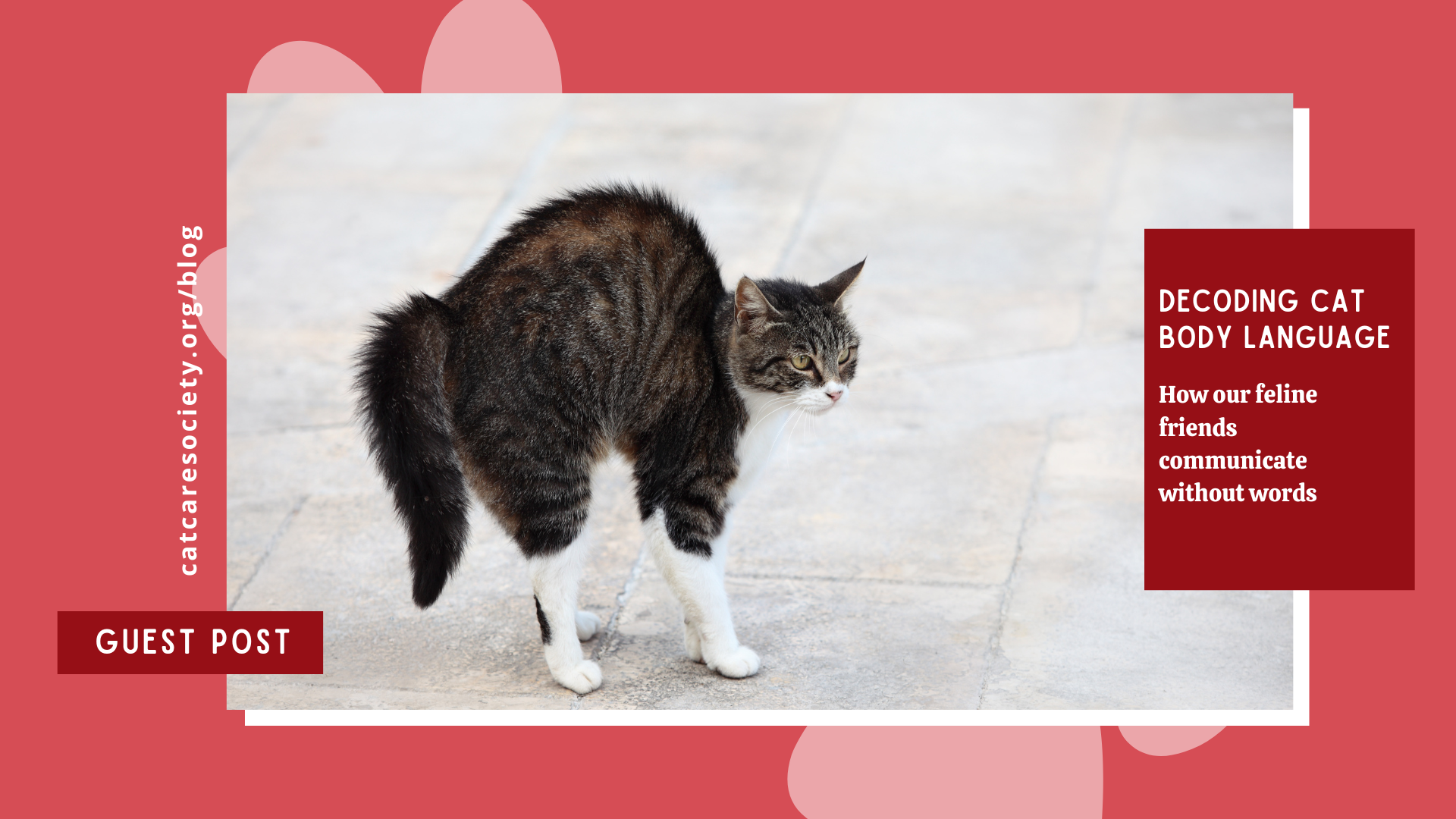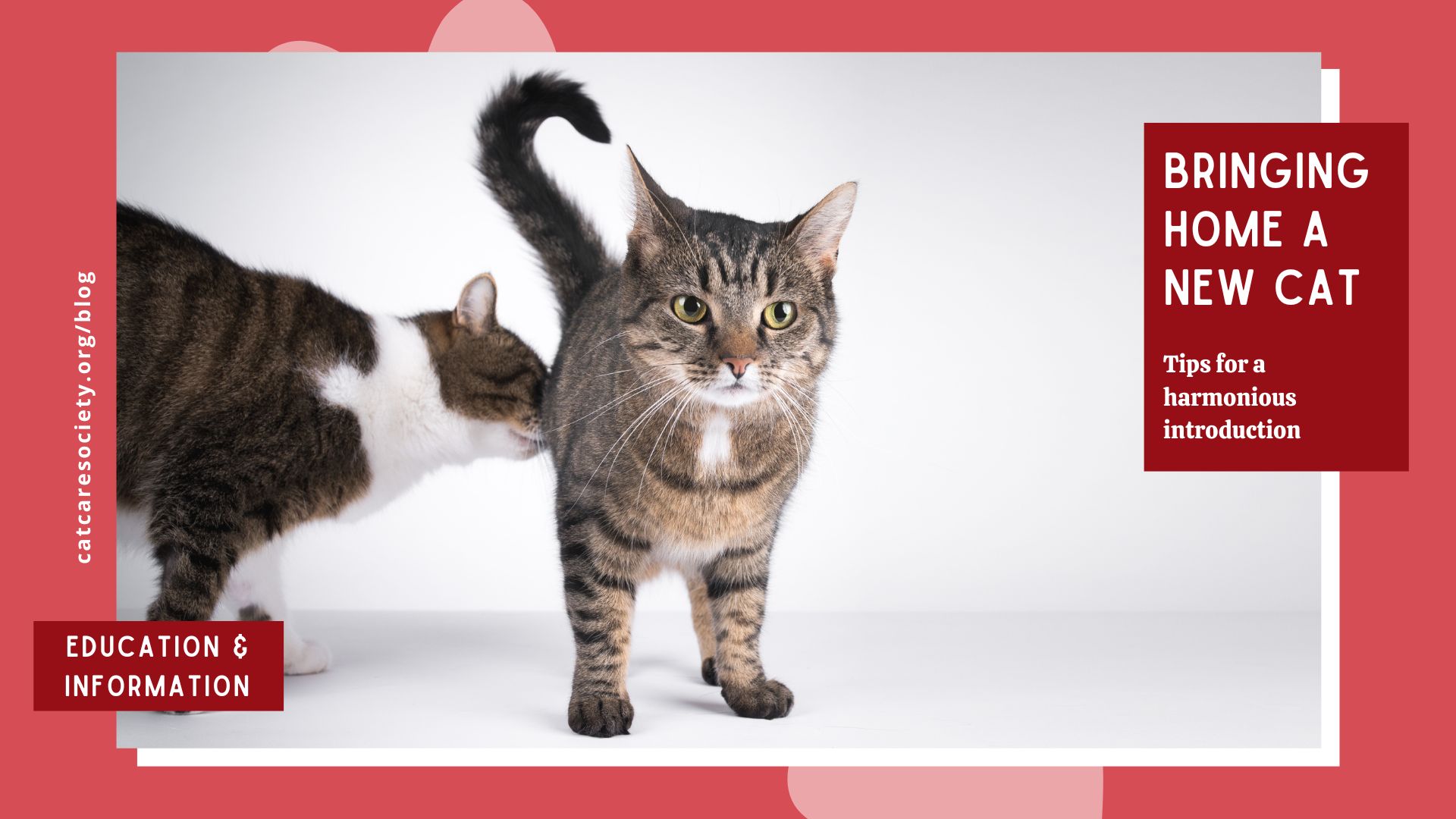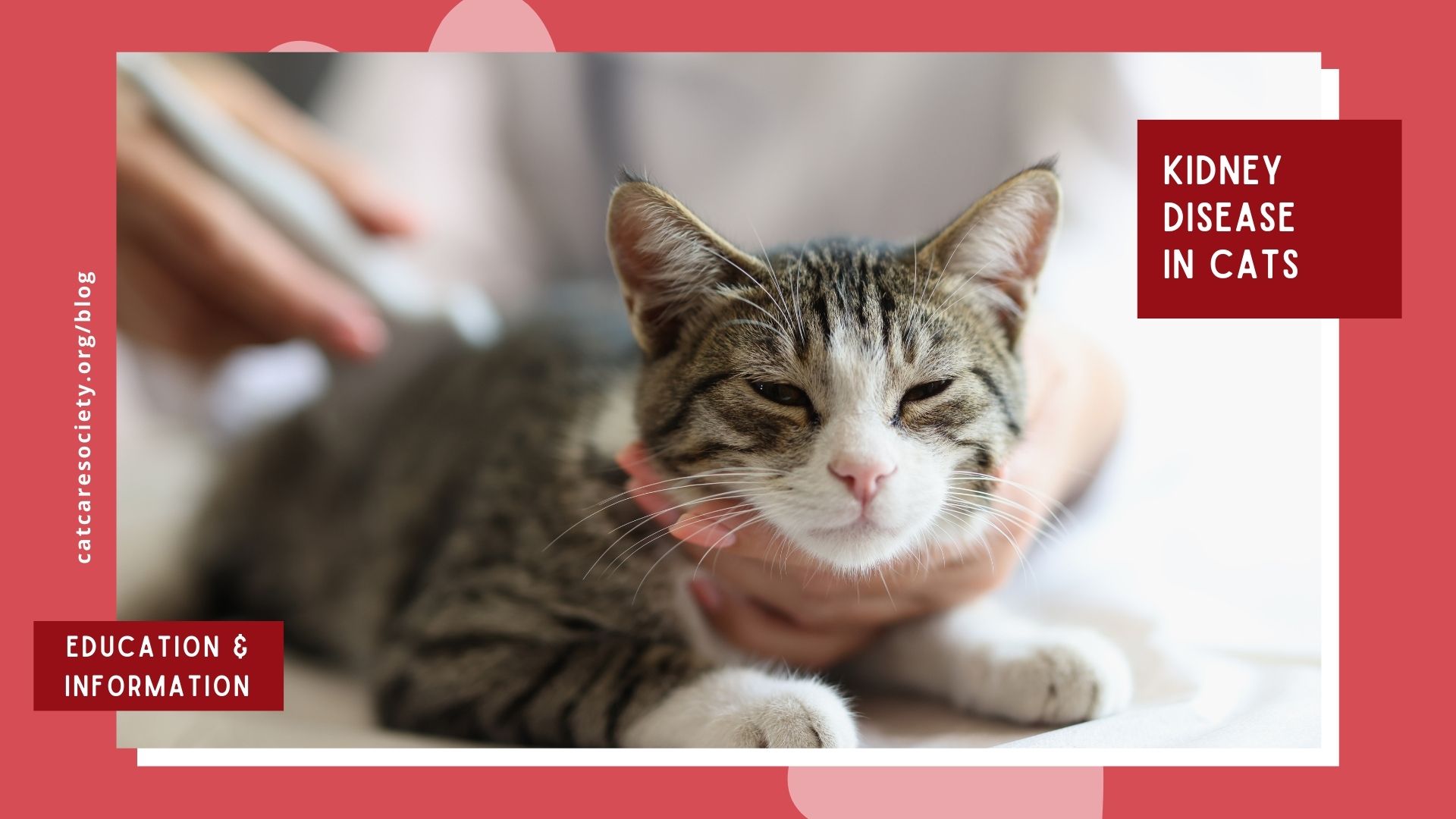Understanding a cat’s body language is vital for cat owners and enthusiasts to establish a strong bond and communicate effectively with their feline companions. By deciphering the subtle non-verbal communication cues provided by their ears, eyes, tail, whiskers and behaviors, we can gain valuable insights into a cat’s current emotions and cattitude. This knowledge allows us to respond appropriately, ensuring positive and respectful interactions.
Billie Reynolds, certified cat behavior consultant and Cat Care Society partner recommends consistently taking time to observe and trust a cat’s body language before acting on our own feelings. We may want to play or cuddle with our cat, but we must first check their cues to understand their current emotions and proceed accordingly.
From ears to tails, learn about all the ways our feline friends communicate non-verbally below.
Ears: More Than Just for Listening

A cat’s ears are like radar, constantly scanning its surroundings and reflecting its emotional state. Three primary ear positions hold specific meanings:
- Forward Ears: When a cat’s ears are facing forward and erect, it indicates a positive and friendly disposition. It means the cat is interested in something in its environment, whether a toy, a new sight or a captivating smell. Relaxed and forward ears signify comfort and security in their surroundings.
- Sideways Ears: This ear position serves as a warning sign, indicating annoyance, fear or potential aggression. When a cat’s ears are sideways, it is best to remove any potential stimulus causing discomfort and give the cat some space to calm down.
- Flat Back Ears: An uncommon but important signal to know, flat back ears indicate extreme fear and readiness to attack. In this defensive posture, do not approach the cat, as it may perceive any advances as a threat.
Eyes: An Opportunity for Two-Way Communication

A cat’s eyes are highly expressive and can reveal a wide range of emotions. Understanding their eye cues can significantly improve human-cat interactions.
- Eyelids: Wide-open eyes may indicate fear, interest, excitement, or aggression, while half-closed or drooping eyes convey relaxation and friendliness. Slow blinking is a sign of trust and comfort, and reciprocating the gesture can reinforce the feeling of safety.
- Eye Contact: Direct eye contact in cats is often associated with asserting dominance, feeling threatened, or preparing to pounce. Avoid making prolonged, direct eye contact, especially with unfamiliar cats, as it can lead to tension and discomfort.
- Pupils: Dilated pupils can indicate aggressive excitement, so it’s a good idea to give a cat space when you see its eyes are dilated, even if the cat seems to be playing.
Tail: Communicating Through Movement

A cat’s tail is a powerful communication tool, and each tail position conveys distinct messages.
- Tail Up: An erect tail is usually a sign of friendliness, and a tail that is up but hooked at the tip may mean cautiously optimistic. Up and quivering indicates that the cat is either spraying or happy and excited. However, up and bristled means the cat is feeling aggressive.
- Tail Straight Out: When striking or hunting, either during play or an offensive attack, a cat will hold its tail straight out. Side-to-side swishing often accompanies this position.
- Tail Down: Typically, the lower the tail, the less happy the cat. When the tail is straight out for the first couple of inches and then down, generally, the cat is showing defensiveness. If the tail is between the legs, the cat is showing submission, and it could be an attempt to protect the belly and/or keep the tail away from injury.
Whiskers: Feelers and Mood Indicators

Cats use their whiskers to judge proximity and express their mood.
- Relaxed Whiskers: When a cat’s whiskers are off to the sides and slightly lowered, it indicates a relaxed state.
- Perked Forward Whiskers: Whiskers pointing forward indicate interest and curiosity.
- Whiskers Pulled Back: Whiskers pulled back help the cat’s face appear smaller and non-threatening.
Behaviors: Insights into Feline Emotions

Understanding common physical behaviors can also offer valuable insights into a cat’s emotional state.
- Kneading: Kneading, or “making bread,” is a rhythmic paw movement that indicates happiness or contentment. It originates from kittenhood, where kittens knead to stimulate milk flow during nursing.
- Purring: Cats purr when they are happy, but they may also purr when feeling unwell or stressed. Some cats who have spent a lot of time on the defense and in stressful situations before being rescued may not purr, but it does not necessarily mean they’re not happy. Look for other cues of happiness, such as semi-closed eyes and relaxed whiskers.
- Overall Posture and Stance:
- Typically, the higher a cat carries itself, the more confident they are, though a hunting cat will crouch before an attack, both to hide and to build momentum for the strike. Additionally, when a cat arches its back, it is typically feeling aggressive, and the posture is often accompanied by fluffing fur along the back and tail. This is the cat’s attempt to appear larger and more threatening.
- A relaxed cat will be loose, such as sprawling in the sun, belly up (note that is not always an invitation for a belly rub!), and paws in the air. A nervous cat will hold itself tight, with its paws and tail tucked as close to their body as possible and belly protected.
Conclusion

Cats possess intricate and subtle body language, making it crucial to pay close attention to their non-verbal communication. Respecting a cat’s body language is essential in establishing a trusting relationship. By observing and interpreting their ear and whisker positions, eye cues, tail movements and behaviors, cat owners and any cat lover can lay the foundation for a new cat relationship and develop deep, long-term connections. Remember to observe, proceed with caution and always respect a cat’s boundaries.
Want to learn more about cat behavior? Check out our upcoming free seminars to learn about upcoming events and seminars that can provide additional ways to learn how to build a strong relationship with your cat. We also have a curated list of cat behavior resources and cat behavior specialists that can provide additional support, and, of course, the rest of our blog is full of helpful and fun cat facts to help you and your cat live your best nine lives.
About the Author: Beth Dokolasa is a volunteer for Cat Care Society and served on the organization’s junior board. She is an instructional developer for Natural Grocers and lives in Indian Hills, Colo., with her husband, young daughter, and two cats, Techno and Digit.
This post was authored and edited according to Cat Care Society’s editorial standards and style. Opinions expressed may not necessarily reflect that of CCS.






4 Responses
I have a male tabby that I rescued at around 6 weeks old and weighed only 5.3 oz. He was near starvation after being abandoned by its mother. He is very loving to me and cries continuously whenever I leave. However, he is alternately loving and aggressive towards my husband who has never mistreated him. He is now about six months old and fully grown. However, the vet has tagged him as “mean.” He even has to be put to sleep to clip his claws and he has been neutered in the hope that a depletion of hormones will calm him, but to no avail. My question is, can a cat inherit “feral” tendencies from its birth mother or is this normal behavior? Thank you.
Hi Betty, we would need more info about this individual cat to best assess that question. In general, it is debated whether cats can be inherently feral. Most evidence suggests that if they are properly socialized before 4 months, they should not have feral qualities. That being said, it really depends on long they were with mom vs people in those critical socializing months. It also depends on how well they were socialized and how feral mom was. We hope that helps!
We had the same experience with our kitty. We found her at our dump when she was small enough to fit in the palm of my hand. She was always friendly with us but never what I’d call a warm and fuzzy sit on your lap cat. Her vet file was completely tagged with caution notes. She also had to be put to sleep to cut her nails. She once chased a fox off our property and she attacked a dog that came to the house. She was just a wonderful kitty who showed us love in her particular way. We also wondered if she had inherited some kind of a feral “gene”
I have had several cats, and like people, they are each quite individual. Our current boy is almost 2… we adopted him at 8 weeks. All we really know was that his mother was
Mainecoon… He seems to portray many characteristics of that breed… including determination! My conclusion.. especially comparing him with other cats I have raised/had for years, is that genetics do determine behaviors just as they do in humans. Our boy can be fairly aggressive, so we do keep a calming collar on him.. helps a lot. Like the others, it is important to seek ways for the individual cat… none of my other 4 required a calming collar… he does.